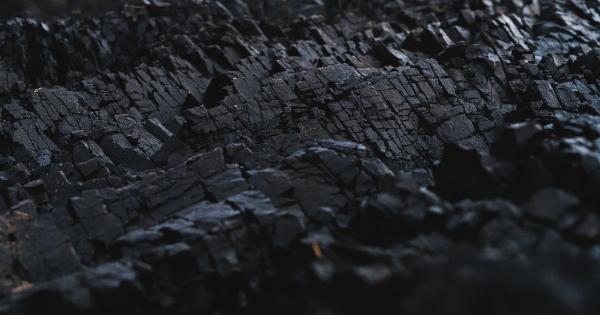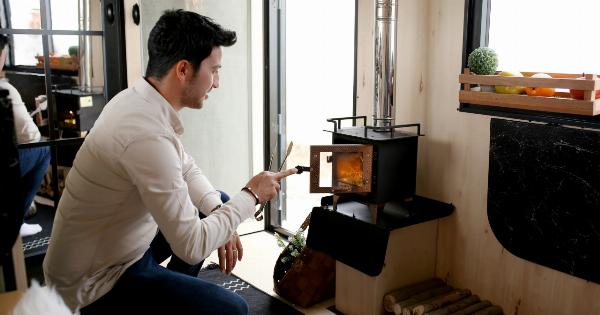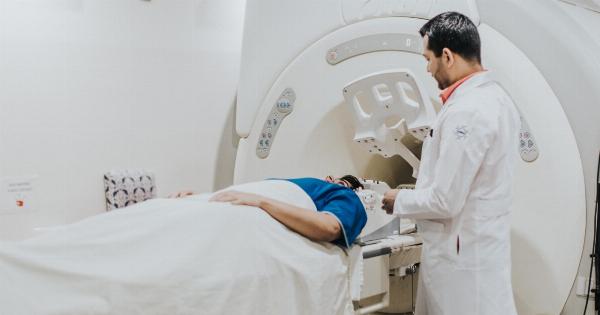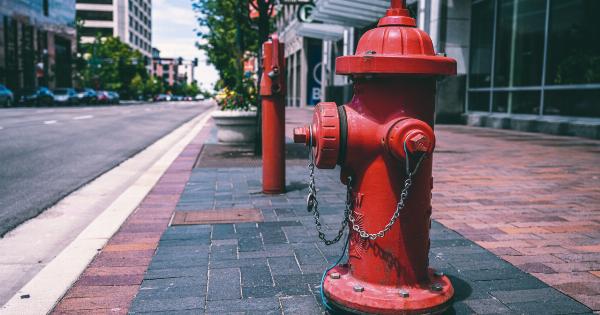Carbon monoxide (CO), often referred to as the “silent killer,” is a colorless and odorless gas that is highly toxic to humans and animals.
It is produced by the incomplete combustion of fossil fuels such as wood, coal, gasoline, natural gas, and oil. Understanding the dangers associated with carbon monoxide and taking necessary precautions can help protect you and your loved ones from its harmful effects.
Sources of Carbon Monoxide
Carbon monoxide can be produced by various sources, both indoors and outdoors. Common sources include:.
- Gas-powered appliances such as furnaces, stoves, water heaters, and dryers
- Fireplaces and wood-burning stoves
- Vehicle engines and exhaust systems
- Generators
- Charcoal grills and hibachis
It is important to ensure that these sources are properly installed, maintained, and ventilated to prevent the buildup of carbon monoxide indoors.
Health Effects of Carbon Monoxide
When carbon monoxide is inhaled, it enters the bloodstream and binds to hemoglobin, reducing the blood’s ability to carry oxygen. This can lead to a variety of health effects, ranging from mild to severe, including:.
- Headaches
- Dizziness
- Nausea
- Shortness of breath
- Confusion and impaired judgment
- Loss of consciousness
- Organ damage
- Seizures
- Coma
- Death
Those who are particularly vulnerable to the effects of carbon monoxide include unborn babies, infants, elderly individuals, and people with respiratory or cardiovascular conditions. Symptoms may vary depending on the level and duration of exposure.
Carbon Monoxide Detectors
Installing carbon monoxide detectors in your home is crucial for early detection of this deadly gas. These detectors work similarly to smoke alarms and can alert you when carbon monoxide levels become dangerous.
It is recommended to place detectors near sleeping areas and on each level of your home.
When purchasing a carbon monoxide detector, ensure that it meets the relevant safety standards and has a label from a recognized testing laboratory.
Regularly test the detector, replace batteries as needed, and replace the entire unit every 5-7 years or as indicated by the manufacturer.
Preventing Carbon Monoxide Poisoning
There are several precautions you can take to minimize the risk of carbon monoxide poisoning:.
- Regularly inspect and maintain fuel-burning appliances, chimneys, and vents.
- Have your heating system, water heater, and any other gas, oil, or coal-burning appliances serviced by a qualified technician annually.
- Avoid using gas-powered generators, grills, and other outdoor equipment indoors or in enclosed spaces.
- Ensure proper ventilation in enclosed areas where fuel-burning appliances are present.
- Never leave your vehicle running in an attached garage, even with the garage door open.
- Do not burn charcoal inside your home or any other enclosed area.
- If you suspect carbon monoxide poisoning, immediately leave the area and seek fresh air. Contact emergency services for assistance.
Carbon Monoxide Poisoning: A Silent Threat
Carbon monoxide poisoning often goes undetected because of its colorless and odorless nature. Awareness about its potential dangers and taking necessary precautions is key to preventing incidents and protecting yourself and your family.
Learn to recognize the symptoms of carbon monoxide poisoning and remember that prevention is always better than treatment.






























